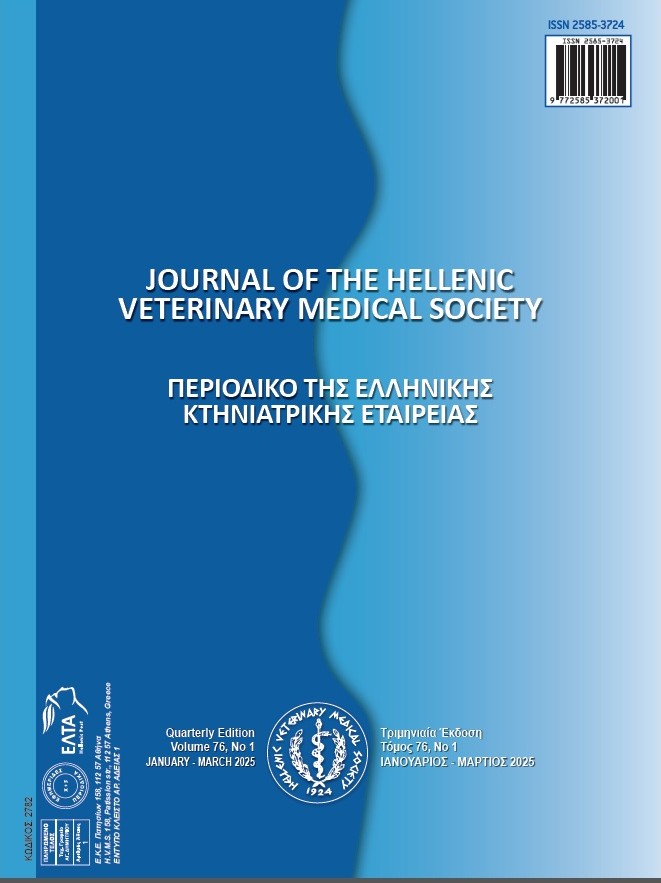Effectiveness of doxycycline/ivermectin therapy for heartworm disease in regards to Wolbachia status in dogs
Abstract
Heartworm disease (HWD), a highly important canine disease in veterinary medicine, is caused by Dirofilaria immitis (D. immitis). A therapeutic approach (the standard treatment or an alternative one, or even surgical intervention) in dogs naturally infected with D. immitis should be individually adjusted. The goal of this research was to test the effectiveness of an alternative therapeutic protocol for D.immitis and Wolbachia in 30 naturally infected dogs. Clinical and parasitological examinations (modified Knott test and SNAP Test IDEXX) were used for diagnosing Dirofilaria spp. Blood and urine laboratory, and radiographic examinations were used for the determination of HWD classes. An alternative therapy consisted of oral doxycycline and ivermectin administrations until microfilaremic and antigenic negativization, and was not longer than 9 months. Polymerase chain reaction (PCR) for wsp and 16S rRNA genes at the beginning and at the end of the therapy in 15 dogs was used for Wolbachia detection. The effectiveness of the alternative therapy for D. immitis and Wolbachia was 83.33% and 75% respectively. Neither the number of cured dogs nor the duration of the alternative therapy depended on the presence of Wolbachia. Thus, the alternative therapy with doxycycline and ivermectin is not based solely on targeting Wolbachia.
Article Details
- Zitationsvorschlag
-
Spasojević Kosić, L., Lalošević, V., Kozoderović, G., Vračar, V., Simin, S., & Potkonjak, A. (2024). Effectiveness of doxycycline/ivermectin therapy for heartworm disease in regards to Wolbachia status in dogs. Journal of the Hellenic Veterinary Medical Society, 75(1), 7173–7180. https://doi.org/10.12681/jhvms.32275
- Ausgabe
- Bd. 75 Nr. 1 (2024)
- Rubrik
- Research Articles

Dieses Werk steht unter der Lizenz Creative Commons Namensnennung - Nicht-kommerziell 4.0 International.
Authors who publish with this journal agree to the following terms:
· Authors retain copyright and grant the journal right of first publication with the work simultaneously licensed under a Creative Commons Attribution Non-Commercial License that allows others to share the work with an acknowledgement of the work's authorship and initial publication in this journal.
· Authors are able to enter into separate, additional contractual arrangements for the non-exclusive distribution of the journal's published version of the work (e.g. post it to an institutional repository or publish it in a book), with an acknowledgement of its initial publication in this journal.
· Authors are permitted and encouraged to post their work online (preferably in institutional repositories or on their website) prior to and during the submission process, as it can lead to productive exchanges, as well as earlier and greater citation of published work.




